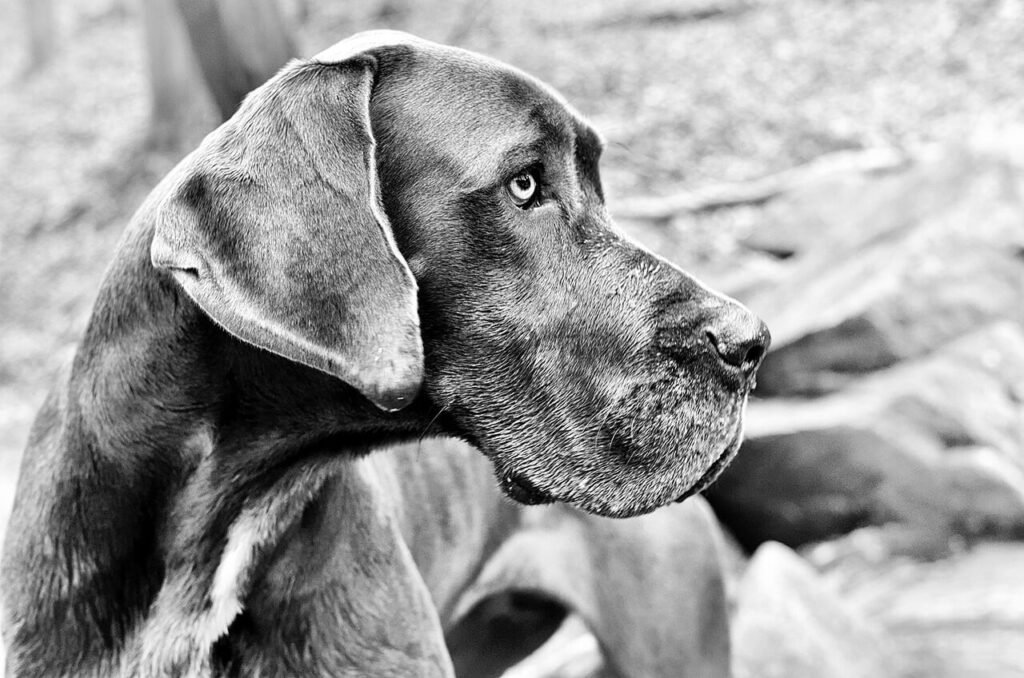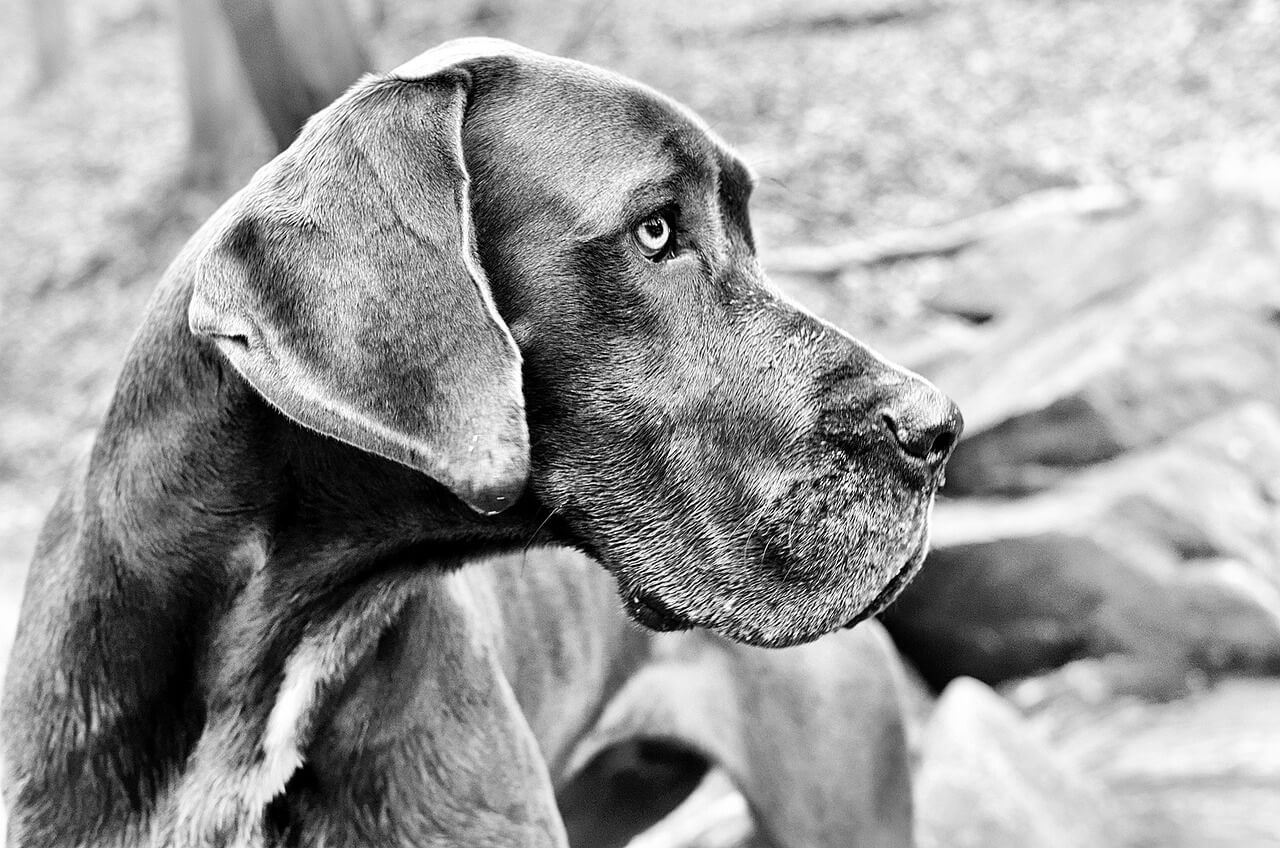Why Wont My Dog Pee Outside? Understanding the Dilemma
If you’ve ever found yourself muttering, “My dog won’t pee outside but will inside,” you’re not alone. This frustrating situation is more common than you might think, and it can leave even the most patient pet owners scratching their heads. Whether you’re a first-time dog owner or a seasoned companion to furry friends, dealing with bathroom habits that defy logic can be both perplexing and exhausting. The good news? There’s almost always a reason behind this behavior, and with a little understanding and effort, you can help your dog learn to do their business where they’re supposed to. Let’s dive into why this happens and how you can address it effectively.
Common Reasons Why Your Dog Prefers Indoors
Understanding why your dog refuses to pee outside is the first step toward resolving the issue. Below are some of the most common reasons for this behavior:
Anxiety or Fear:
Many dogs develop anxiety about going outside due to loud noises, unfamiliar environments, or past negative experiences.Lack of Training:
If your dog wasn’t properly house-trained as a puppy, they may not understand where they’re supposed to relieve themselves.Weather Conditions:
Extreme temperatures, rain, or snow can make outdoor conditions unappealing to your dog.Territorial Behavior:
Some dogs feel more comfortable marking their territory indoors because it feels like their safe space.Health Issues:
Urinary tract infections or other medical conditions can cause changes in your dog’s bathroom habits.
Identifying the root cause is essential to addressing the problem effectively. Once you know why your dog prefers indoor relief, you can take targeted steps to encourage healthier habits.
Tips to Encourage Outdoor Bathroom Habits
Once you’ve identified potential reasons for your dog’s behavior, it’s time to take action. Here are some practical tips to help train your dog to pee outside:
Establish a Routine:
Dogs thrive on consistency, so take them out at the same times every day—first thing in the morning, after meals, and before bedtime.Use Positive Reinforcement:
Reward your dog with treats, praise, or playtime immediately after they pee outside to reinforce the desired behavior.Choose a Specific Spot:
Take your dog to the same area each time to help them associate that location with bathroom breaks.Supervise Indoors:
Keep a close eye on your dog when they’re inside to prevent accidents and redirect them to the outdoors if you notice signs they need to go.Gradual Exposure:
If your dog is fearful of the outdoors, start by spending short periods outside together, gradually increasing the time as they become more comfortable.
With patience and persistence, these strategies can help your dog feel more confident and comfortable peeing outside.
Check this guide 👉Why Does My Dog Lay Against Me? Best 7 Behavior Tips!
Check this guide 👉Why Does Your Dog Walk in Circles? Best 7 Behavior Tips!
Check this guide 👉Why Does My Dog Sleep on My Head? Best 7 Behavior Tips!

Indoor Challenges | Outdoor Solutions |
|---|---|
Anxiety about loud noises | Create a calm environment outdoors |
Lack of proper training | Establish a consistent routine |
Uncomfortable weather | Provide protective gear like coats |
Territorial marking indoors | Use positive reinforcement outside |
Medical issues influencing habits | Consult a vet for diagnosis |
How to Address Behavioral Factors
Behavioral issues often play a significant role in why your dog won’t pee outside. Here’s how you can address these factors:
Desensitize Your Dog to Triggers:
Expose your dog to sounds or sights that scare them in small doses, pairing them with positive experiences like treats or toys.Build Confidence Gradually:
Encourage exploration of new spaces by rewarding curiosity and offering encouragement during walks.Crate Training:
Teach your dog to stay in a crate when unsupervised indoors to reduce opportunities for accidents.Limit Access to Problem Areas:
Block off rooms where your dog frequently pees inside to discourage the habit.Avoid Punishment:
Punishing your dog for accidents can increase anxiety and worsen the problem; focus on rewarding good behavior instead.
By addressing behavioral factors thoughtfully, you can create an environment that supports healthy bathroom habits.
When to Seek Professional Help
Sometimes, despite your best efforts, the issue persists. In such cases, seeking professional assistance may be necessary. Consider the following options:
Consult a Veterinarian:
A vet can rule out underlying health issues that might be contributing to the problem.Work with a Trainer:
Professional trainers specialize in behavior modification techniques tailored to your dog’s needs.Behavioral Therapy:
For severe anxiety or fear-based behaviors, a certified animal behaviorist can provide personalized guidance.Support Groups for Pet Owners:
Connecting with others facing similar challenges can offer emotional support and practical advice.Medication (if Recommended):
In rare cases, medication prescribed by a vet may help manage extreme anxiety or compulsive behaviors.
Knowing when to ask for help is a sign of responsible pet ownership and can make all the difference in resolving persistent issues.
Environmental Adjustments
Sometimes, the environment plays a significant role in your dog’s bathroom preferences. Making small adjustments can make a big difference in encouraging outdoor habits:
Create a Safe Outdoor Space:
Ensure the area where you want your dog to pee is free from potential threats like loud noises or aggressive animals.Use Familiar Scents:
Bring a piece of clothing or blanket with your scent to the outdoor spot to make your dog feel more secure.Minimize Distractions:
Choose a quiet corner of your yard or a peaceful park where your dog won’t be overwhelmed by other stimuli.Incorporate Comfort Items:
Place your dog’s favorite toy or mat near the designated potty area to create a sense of familiarity.Adjust Timing for Weather:
If it’s raining or too hot, wait for breaks in the weather to take your dog outside and avoid reinforcing negative associations.
By tailoring the environment to suit your dog’s needs, you can help them feel more at ease and willing to use the outdoors as their bathroom.
Reinforcing Positive Associations
Positive reinforcement is one of the most effective tools for training dogs. Here are ways to build strong, positive associations with peeing outside:
Reward Immediately After Success:
Timing is crucial—offer treats or praise right after your dog finishes peeing outside to reinforce the behavior.Use Verbal Cues Consistently:
Pick a phrase like “Go potty” and repeat it every time your dog successfully goes outside to strengthen the connection.Celebrate Small Wins:
Acknowledge progress, even if it’s just sniffing around the right area, to encourage continued effort.Keep Treats Handy:
Carry high-value treats during walks or outdoor sessions to ensure you’re always ready to reward good behavior.Be Patient During Setbacks:
Accidents happen, but staying calm and consistent helps maintain trust and motivation.
With consistent reinforcement, your dog will begin to associate outdoor bathroom breaks with positive experiences, making them more likely to repeat the behavior.
Managing Indoor Accidents Effectively
Even with outdoor training efforts, indoor accidents may still occur. Proper management can prevent these incidents from becoming habits:
Clean Thoroughly:
Use enzymatic cleaners to remove any traces of urine odors that might attract your dog back to the same spot.Supervise Closely:
Keep an eye on your dog indoors, especially after meals or naps, to catch signs they need to go before an accident happens.Limit Freedom Temporarily:
Restrict access to rooms where accidents frequently occur until your dog has better control over their bladder.Redirect Quickly:
If you catch your dog in the act indoors, calmly interrupt them and immediately guide them outside to finish.Avoid Shaming:
Never scold or rub your dog’s nose in an accident, as this can damage trust and increase anxiety.
By addressing indoor accidents constructively, you can minimize setbacks and keep your dog on track toward developing healthy outdoor habits.
Frequently Asked Questions About Dogs Who Won’t Pee Outside
Why does my dog only pee inside?
This could be due to anxiety, lack of training, or environmental factors like weather. Identifying the cause is key to resolving the issue.
How long does it take to train a dog to pee outside?
It varies depending on the dog, but consistent training over several weeks usually yields results.
Can older dogs learn to pee outside?
Absolutely! While it may take longer than with puppies, older dogs can still adapt with patience and repetition.
Should I punish my dog for peeing inside?
No, punishment can increase stress and worsen the problem. Focus on positive reinforcement instead.
What if my dog suddenly stops peeing outside?
Sudden changes in behavior could indicate a health issue, so consult your vet promptly.
Final Thoughts: Patience and Persistence Pay Off
Training a dog to pee outside isn’t always easy, especially when they seem determined to do otherwise. However, with patience, consistency, and a willingness to adapt your approach, you can overcome this challenge. Remember, every dog is unique, and what works for one may not work for another. Stay attuned to your dog’s needs, celebrate small victories, and don’t hesitate to seek professional guidance if needed. By fostering trust and creating a supportive environment, you’ll soon find yourself saying, “My dog won’t pee outside but will inside,” far less often—and that’s something to celebrate!
Why Is My Cats Second Eyelid Showing? Best 7 Expert Tips! Understand causes, health signs, and how to respond when your cat’s third eyelid becomes visible.
How Do I Know If My Cat Died Peacefully? Best 7 Expert Tips! Discover the quiet signs of a peaceful feline passing and find comfort in their final moments.
Cat Allergy Eyes: Best 7 Expert Tips! Discover why your eyes react to cats and learn proven strategies for relief—without giving up your feline friend.
Why Do Abyssinian Cat Colors Matter? Best 7 Expert Tips! Discover the genetics, rare hues, and care secrets behind Abyssinian coat colors for a healthier, happier cat.





